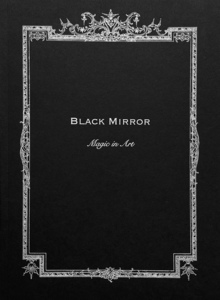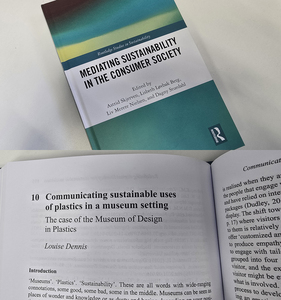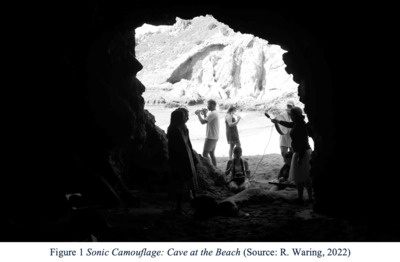In this article I shall explore the position of animated films in the first decades of the cinema's existence. This will involve outlining not only how definitions of "animation" changed throughout this period, but also how these changing definitions were signs of major shifts in production, distribution and exhibition. One of the key points of this piece will be to trace how different kinds of film the focus being on animated films came more and more to be recognised as precisely that: different. Issues of product differentiation have been discussed before in relation to the emerging Hollywood studio system (e.g. Staiger in Bordwell, Staiger and Thompson, 1985). Such product differentiation works together with industrial standardisation and streamlining, and is a defining characteristic of modern capitalist business practice, which operates around the apparent contradiction between repetition and novelty. A similar process can be seen to be at work in relation to the increasingly sophisticated exhibition practices adopted by the people showing films: the refining of the early period's (i.e. up to c. 1906) "variety" system of presenting films, into the "film bill", where the range of films on show was emphasised. Crucially though, there was not only an emphasis on range and variety, which had been there from the very start anyway, but also on some types of film being more important a greater attraction than others, which were subordinated. Thus I shall be tracing the historical moment at which longer, fictional films became the chief attraction on the film bill, but the main focus will be on how this shift impacted upon animated films. Indeed, the impact was such that production moved away from certain types of animation technique, such as the "retracing" method used by Winsor McCay, and the cel process became the standard. The main reason for this was that it was a system that best suited the new conditions of exhibition, providing a regular flow of short, animated cartoons, often as part of a split-reel package with other "supporting material" such as newsreels or educational shorts. The argument is not that these films were unimportant: on the contrary, they were vital to the system in that they added emphasis to the primary product, the narrative feature film. As we shall see though, the ultimate positioning of specific types of film was the result of complex historical forces. In many ways, this essay attempts to delineate similar terrain to that covered by Eric Smoodin (Smoodin, 1993). Or rather, it wishes to outline some of the issues and developments in this area in the period just prior to where Smoodin's excellent study begins.
 |



 Lists
Lists Lists
Lists








